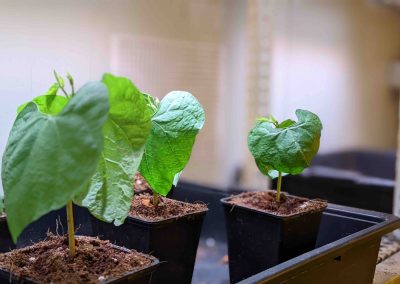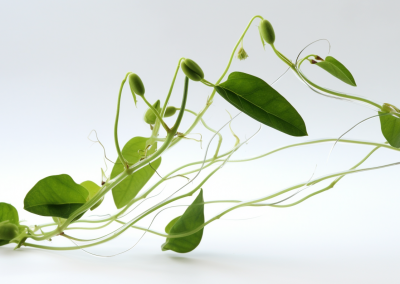Introduction
In this project we delve into the fascinating world of plant movement and its potential connection to the principles of ecological psychology. Our primary focus is on the helical growth patterns exhibited by climbing bean plants, as they seem to possess the ability to sense nearby objects and adjust their circumnutation accordingly. By measuring these movements and analyzing them through the lens of ‘general rho/tau theory,’ we aim to uncover the underlying mechanisms that guide goal-directed movements in plants. This theory, pioneered and developed by Prof. David N. Lee, seeks to explain how living organisms ecologically navigate their environment. Join us on this exciting journey as we explore the intricacies of plant behavior and its potential implications for ecological psychology.
Why study bean nutation?
Studying the nutation of beans (Phaseolus vulgaris) offers a unique opportunity to explore the possibility of intelligent behavior in plants, particularly in terms of their ability to display flexible behavior when grasping onto a support. Nutation refers to the process by which a plant’s stem, shoot, or tendrils exhibit circular or helical growth patterns as they search for a support to cling to.
Observing bean plants’ nutation patterns could help us understand their capacity for sensing and responding to their environment. As bean plants grow, they continuously explore their surroundings in search of suitable structures to support their upward growth. This behavior may demonstrate a level of sensitivity and adaptability that suggests a form of intelligence, albeit distinct from the kind of intelligence exhibited by animals.
When bean plants come into contact with a support, they have the potential to adjust their growth patterns and coil around it. This flexible behavior could indicate that the plant is able to integrate environmental information and respond accordingly. The capacity of bean plants to modify their nutation patterns based on external stimuli may suggest that they possess some form of basic problem-solving skills, a characteristic often associated with intelligence.
As such, since studying the nutation of beans has the potential to reveal important insights into plant intelligence by exploring their ability to display flexible behavior when grasping onto a support, the MINT Lab researches this question in one of its projects . By investigating how bean plants sense, interact with, and adapt to their environment, we can better understand the underlying mechanisms that drive plant behavior and assess whether it demonstrates intelligence. This knowledge may pave the way for innovative applications in agriculture, environmental conservation, and the development of bio-inspired technologies.
Techniques we use
In this project, we employ a variety of cutting-edge techniques to study bean nutation. Our approach includes creating time-lapse videos of growing bean plants both with and without support, which allows us to visualize and compare their growth patterns over time. Additionally, we utilize image analysis to reconstruct the shoot tip movements in 3D, providing a comprehensive view of plant navigation in its environment. Finally, we apply rho/tau data analysis and hypothesis testing to better understand the underlying mechanisms that guide goal-directed movements in plants, offering valuable insights into their adaptability and responsiveness to environmental cues.
Donor
Fundación Seneca
Office of Naval Research – Global (USA)
Duration
Fundación Seneca: 2010-2015
ONR-G: 2018-2023
Lead Investigator
Paco Calvo
Project Gallery











